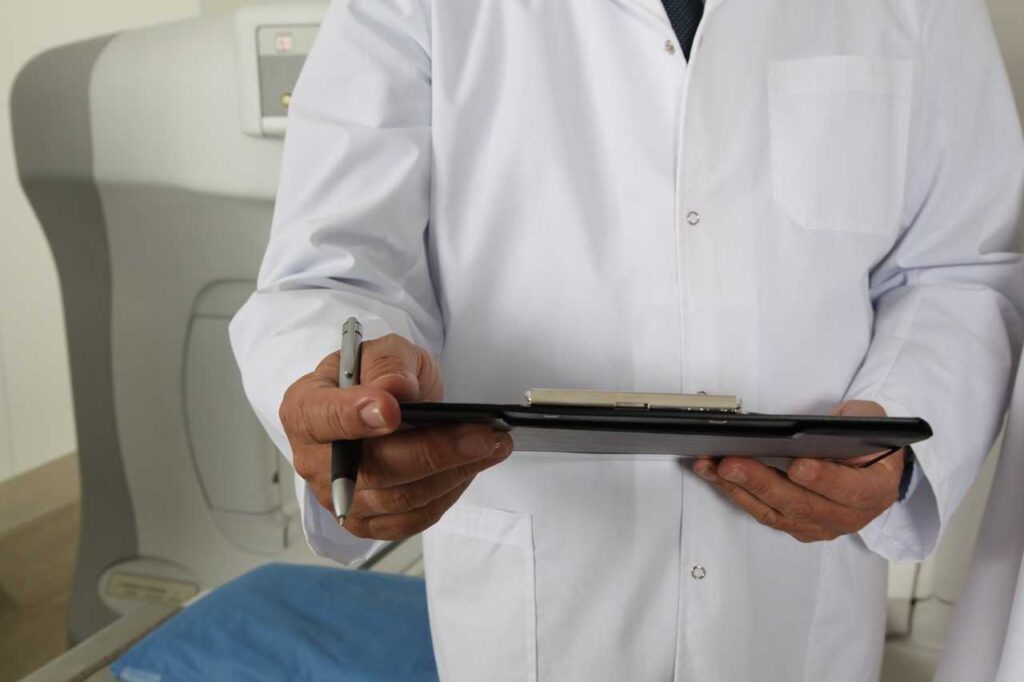
Lipoma – Causes, Symptoms, Diagnosis & Removal Treatment
Lipoma
What is Lipoma?
Lipomas are benign (non-cancerous) tumors that are made up of fat cells. They are usually round or oval in shape and can range in size from a few millimeters to several centimeters in diameter. Lipomas can occur anywhere on the body, but they most commonly develop on the neck, shoulders, back, or arms.
What are the Symptoms of a Lipoma?
The most common symptoms of a lipoma are a lump or mass that can be felt under the skin. The lump may move around slightly and it may be soft or firm to the touch. In some cases, lipomas may cause pain or discomfort, but most lipomas do not cause any symptoms.
What are the Types of Lipomas?
There are three main types of lipomas: subcutaneous lipomas, intramuscular lipomas, and liposarcomas.
- Subcutaneous lipomas are the most common type of lipoma and they develop just below the skin.
- Intramuscular lipomas occur in the muscles and are less common than subcutaneous lipomas.
- Liposarcomas are the most rare type of lipoma and they develop in the fatty tissues of the body.
Where do Lipomas Grow?
Lipomas can grow anywhere on the body, but they most commonly develop on the neck, shoulders, back, or arms.
What Causes Lipoma?
The cause of lipoma is unknown, but it is thought to be a result of abnormal growth of fat cells. Some studies suggest that lipomas may be caused by genetic factors or environmental factors such as exposure to radiation or chemicals.
How are Lipomas Diagnosed?
Lipomas can usually be diagnosed based on a physical examination and by taking a medical history. In some cases, imaging tests such as MRI or CT scan may be ordered to confirm the diagnosis.
Can I Prevent Lipomas?
There is no known way to prevent lipomas from developing. However, early detection and treatment of lipomas can help to reduce the risk of them growing larger or becoming cancerous.
What is the Treatment for Lipomas?
The treatment for lipomas is typically surgical removal. Lipoma removal surgery can be done in a number of ways, including by liposuction, excision, or laser lipolysis. In most cases, lipoma removal surgery is a safe and effective way to remove these tumors.
When Should I See a Doctor About Lipomas?

If you have any concerns about a lump or mass on your body, you should see a doctor for an evaluation. lipomas are usually benign (non-cancerous), but it is important to rule out other possible causes of the lump such as skin cancer. Your doctor will likely perform a physical examination and order imaging tests to confirm the diagnosis.
What to expect from your doctor?
If you are diagnosed with lipoma, your doctor will likely recommend surgical removal. There are a number of different ways that lipoma removal surgery can be performed. Lipoma removal surgery is a safe and effective way to remove these tumors. In most cases, lipoma removal surgery is a simple procedure that can be done on an outpatient basis.
Your doctor will help you to choose the best method of lipoma removal surgery based on the size and location of the tumor, as well as your overall health and medical history.
Lipoma removal procedure – What To Expect Before, During & Post Surgery?
If you are considering lipoma removal surgery, you may be wondering what to expect before, during, and after the procedure. Here is a brief overview:
What to Expect Before Surgery:
Prior to lipoma removal surgery, you will likely have a preoperative appointment with your surgeon. At this appointment, your surgeon will review your medical history and discuss the procedure with you. He or she may also order some tests or imaging studies to help plan for the surgery.
You will also need to stop taking certain medications prior to surgery, including blood thinners and aspirin. Be sure to follow your doctor’s instructions carefully.
What to Expect During Surgery:

The procedure is usually performed on an outpatient basis, meaning you will be able to go home the same day. Lipoma removal surgery typically involves making a small incision in the skin to allow access to the tumor. The tumor is then either removed by liposuction, excision, or laser lipolysis. The type of surgery will depend on the size and location of the lipoma.
You will be given general anesthesia to keep you asleep and pain medications after the surgery. You may have some swelling and bruising around the surgical site, but this should dissipate in a few days.
What to Expect After Surgery:
After the surgery, you may have some bruising and swelling at the site of the incision. This should gradually resolve over time. Most people feel fine after lipoma removal surgery and can resume their normal activities within a few days. However, you will need to avoid strenuous activities for a few weeks.
It is important to follow your doctor’s instructions for wound care and activity restrictions to help ensure a successful recovery. If you have any concerns, be sure to contact your surgeon.
Conclusion
Lipoma removal surgery is a common procedure that is performed to remove lipomas, which are benign (non-cancerous) tumors that are made up of fat cells. It is typically a safe and effective way to remove these tumors.
However, as with any surgery, there are some risks associated with lipoma removal surgery. These risks include infection, bleeding, and scarring. If you are considering lipoma surgery, it is important to talk to your doctor about the potential risks and benefits of the procedure.
Although lipoma removal singapore surgery is a safe and effective way to remove these tumors, it is important to weigh the risks and benefits of the procedure before making a decision.




